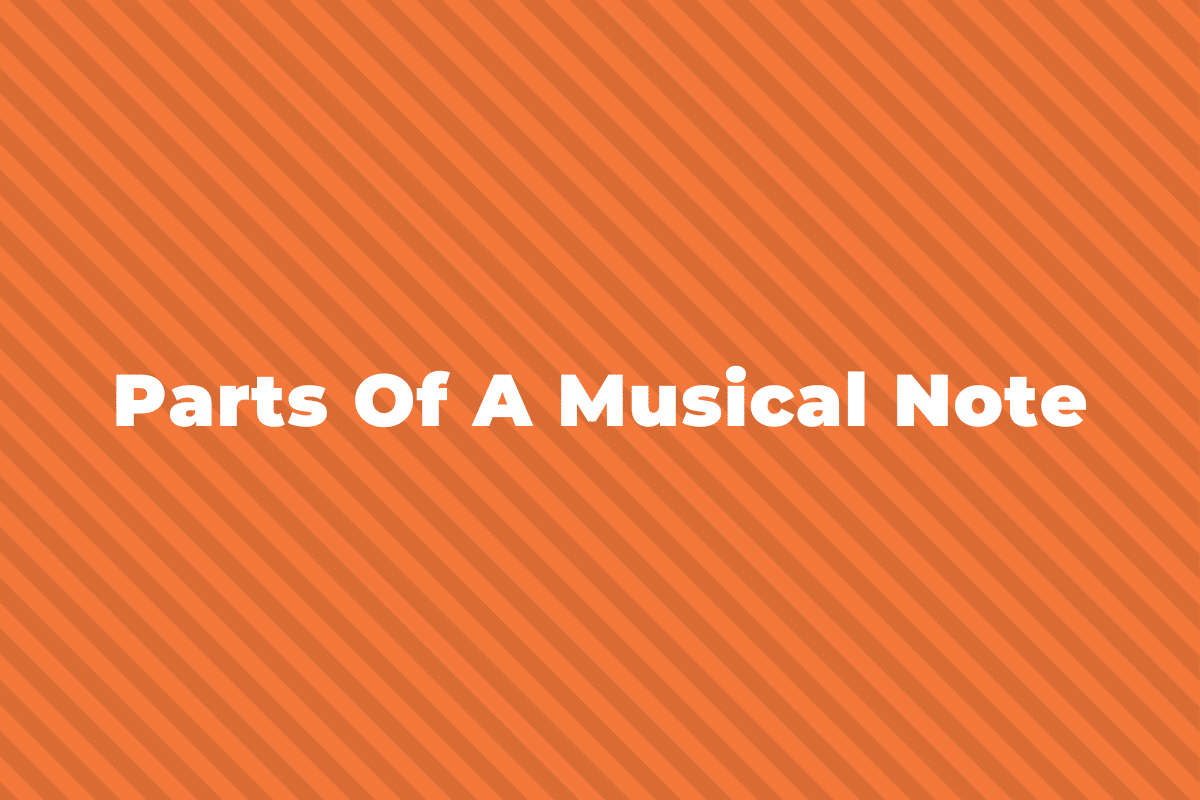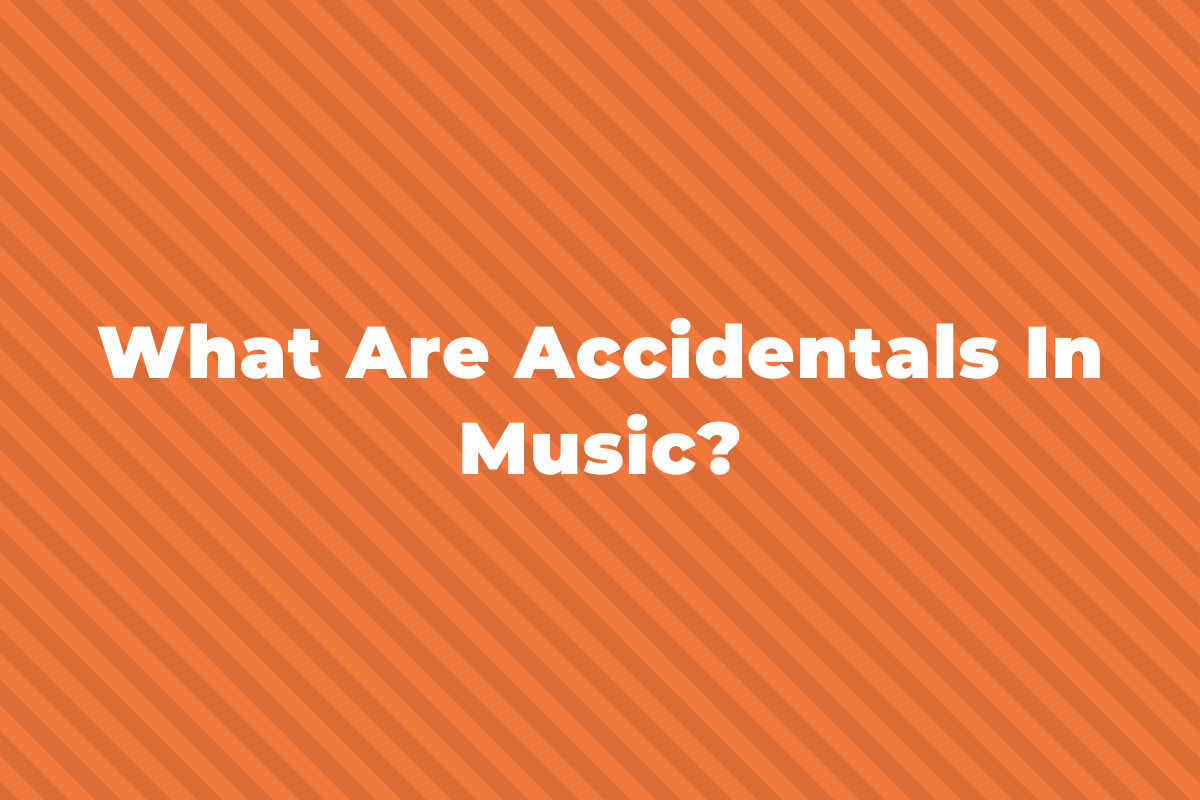An Octave is one of the most fundamental principles that relates to how music is written, composed, and thought of.
All of the music you hear on the radio or on TV uses the octave, and it has been around for centuries.
This post will cover everything there is to know about how the Octave is used in music.
However, to best talk about octaves, we should cover what pitches and intervals are first.
What is Pitch?
When we play a note on an instrument or sing a note, that produces a sound.
We can define that sound by a few different criteria, like how loud it is, how long it is, and what the pitch is.
Pitch is just another word for the frequency of a note, or how “low” or “high” the note is.
If we hear a note that sounds like a baby’s cry, that would be a high-pitched note.
On the other hand, a rumbling sound like thunder or train wheels would have a low pitch.
Notes on a musical staff are ordered vertically by pitch – the higher the note is on the staff, the higher the pitch of the note is:

A note sounds higher or lower than another if it has a higher pitch, or frequency, than the other note.
What is an Interval?
Now that we know what pitch is, we can discuss intervals.
An interval occurs when two notes – notes with different pitches – are played at the same time, and the interval is the distance in pitch between the two notes.
If two notes produce a really big interval when played together, then their pitches are really far apart, and if the interval between the notes is small, then they’re close together.

There are many different names for all of the intervals. The smallest interval (shown on the right side of the picture above) is called a “semitone”, or “half step”.
If you put two semitones together, you get a “tone”, or “whole step”.
Other intervals are given numbers as names, such as a “third”, “sixth”, “eleventh”, and so on.
This brings us to the octave.
What is an Octave?
An Octave is a very unique interval.
It is the interval between two notes, in which one of the notes has a pitch that is exactly double the pitch of the other note.

Pitch, as we said before, is another word for frequency, and we can define a note by giving its frequency as a number.
So, say, for example, that we have a note with a frequency of 220 Hz.
We can call it A (in fact, the note with that frequency is an A).
If we want to produce another note that will create an octave interval with the A, we have to either double that number – 440 Hz – or cut that number in half – 110 Hz.
Therefore, if we have two notes, one with a pitch of 220 Hz and the other with a pitch of 440 Hz, then those two notes create an octave:
You can also have notes that are two or three octaves away from each other.
For example, the note with a 110 Hz pitch and the note with a 440 Hz pitch are two octaves away because you have to double 110 twice to get 440.
We can then determine the octaves above 440 by doubling (880, 1720, etc.) and the octave below 110 by cutting it in half (55).
Octaves are sometimes heard as basically the “same” note – like if a man and a woman are told to sing a “C”, they will most likely sing C’s an octave apart.
However, it still sounds like they’re singing the same note, because they sound so similar.
Note Lettering
If you’ve ever been taught music or how to read it, then one of the first things you’re taught is the note letters or the musical alphabet – A, B, C, D, E, F, G.
For example, a C Major scale uses these letters in this order, but starting on C:

As you can see, we only have 7 letters to correspond to all of the different notes and pitches that are in music.
So, we have to repeat them sometimes, and this is where octaves come in.
One way to remember an octave interval is that it is two different pitches with the same letter note.
As you see in the C Major scale, the C note on the bottom left is different from the C note on the top right, but they’re both labelled C.
This is because they form an octave.
We can say the C on the top right is an “octave higher” or an “octave above” the C on the bottom left, and the C on the bottom left is an “octave below” the other C.
The pitches of the two C’s are half/double each other – the bottom left one has a frequency of 262 Hz, and the top right has a frequency of 524 Hz.
Examples:
In “Somewhere Over the Rainbow”, the first two notes “Some” – “where” create an octave interval.
Another example is Chopin’s “Etude in B Minor”, in which the majority of the song – especially in the upper staff – is played with octaves:
Summing Up
To sum up, the octave is one of the most common and easily-identified intervals in music.
Each instance of the same note (but different pitch) on a piano or guitar occurs as an octave, and each octave doubles the frequency of the one before it.



